Details April 2024
April 2024 – 3900.89 Release
- Default question points value changed from 10 to 1
- Duplicate questions in Assessments, Forms, and Question Banks
- Likert answer options expanded to include 4 and 6
- Auto-submitted indicator in attempt logs
- Overall grade information added to gradebook download
- Long names visible and sorting controls for the Student Activity report for assessments on small devices and mobile app
- Self-enrolment group improvements
- Individual date adjustments from Batch Edit
- Student feedback remains visible to students regardless of release condition settings
- Anonymous posts for Discussions
- Calculations changed from using BigDecimal to BigFraction
- Persistent navigation for Learning Modules
Default question points value changed from 10 to 1
Manually adjusting the point value for questions can be time-consuming and error prone. With that in mind, we are changing the default point value from 10 to 1. Moving forward, any newly created questions will have a default point value of 1. This change helps reduce the need for manual adjustments.
Duplicate questions in Assessments, Forms, and Question Banks
Sometimes an instructor may want to have a question repeated with the same answer options but a different question. Instructors can now select Duplicate to quickly copy an existing question within the same assessment (test, assignment, form) or in a question bank. This feature eliminates the need for manual duplication and simplifies the process of creating multiple questions with the same answer options.
Instructors may edit the question text and answer options. There are no changes to how an instructor edits the question.
Image 1. Duplicate menu option for a test question
Likert answer options expanded to include 4 and 6
Instructors can now create Likert scale questions with 4 or 6 answer options. This allows for greater granularity in student responses. An even number of answer options also supports the creation of questions where students cannot select a neutral option. This enhancement is in response to valuable user feedback.
Image 1. Likert question with 4 and 6 answer options
Auto-submitted indicator in attempt logs
Understanding the context of student submissions is helpful to instructors. Now the Attempt Log indicates whether a submission is manual or automatic. This indicator provides instructors with deeper insights into student behaviors. This addition also allows instructors to better track their student progress.
Image 1. Attempt marked as “Auto submitted” in the log
Overall Grade added to the Gradebook Download
Some instructors download grades from the gradebook to analyze in other applications, such as Microsoft Excel.
Now, instructors can choose to include the Overall Grade for students in the downloaded gradebook. This additional data point helps provide a comprehensive view of student performance.
Image 1. Instructor view of Download Grades panel with ‘Select All Items’ option selected
Image 2. Instructor view of the downloaded grades file that contains the Overall Grade column
Long names visibility and sorting controls for the Student Activity report for assessments on small devices and mobile app
Depending on the culture, personal name lengths vary. To continue demonstrating our commitment to diversity and inclusion, we adjusted long names in the Student Activity report for assessments. This change ensures that names are visible on a variety of devices. This helps instructors avoid confusion when viewing students with similar names.
Also, instructors can now sort the student list by last name in small devices so they can organize the list easily.
Image 1: Long names visibility and sorting control in the Student Activity report for an assessment on a small screen
Self-Enrolment Group Improvements
Self-enrolment groups provide an important part of student autonomy throughout the learning experience. To support more use cases for self-enrolment groups and based on feedback, we are reducing the maximum members per group from 2 to 1. This will cover use cases such as sign-up sheets and booking 1:1 slots with students.
Image 1. Instructors can set maximum members per group to 1
Individual date adjustments from Batch Edit
Updating availability and due dates after a course copy, import, or a conversion can take time. We’re making it easier for instructors to make date adjustments for any item on the Batch Edit page. Instructors now have the option to change the due date and availability (Show On and Hide After) for any item.
Image 1. Adding a due date for an assignment
Student feedback remains visible to students regardless of release condition settings
Instructors may want to control access to course content using release conditions. This is helpful for providing custom learning paths through course content. The release conditions include an option to show or hide content to/from students before they meet release conditions. We’ve modified how these settings impact the students’ view of feedback from instructors. Now instructors can set release conditions without any impact to feedback to students.
In the past, when an instructor selected the option to hide content, students could view associated grades but not the feedback. We have corrected this to ensure that students can always review feedback.
Image 1. Instructor view of release conditions settings with date/time release condition set in combination with Hide state in “When will content appear?”
Image 2. Student gradebook view with display of student’s feedback and grade regardless of the release condition setting in Image 1
Anonymous posts for Discussions
Discussions play a pivotal role in nurturing peer-to-peer interaction and critical thinking. Students need to feel free to express their ideas and opinions without fear of judgement. To support this, we’ve added an option for instructors to allow anonymous posts in ungraded discussions. This feature provides flexibility for instructors. They can toggle anonymity on or off as the discussion progresses. Any existing anonymous posts keep their anonymity. Further information detailing anonymous discussions can be found here.
Image 1. Setting to turn on anonymous posts
Image 2. A student making an anonymous post
Image 3. An anonymous post in a discussion
Calculations changed from using BigDecimal to BigFraction
Instructors need a gradebook that supports diverse grading scenarios. We are changing the software library used to perform calculations in calculated columns and the overall course grade.
Example: A course contains 3 assignments worth 22 points each. The student scores 13/22 on the first assignment, 14/22 on the second assignment, and 15/22 on the third assignment. An instructor creates a calculated column to calculate the average of these assignments.
Using the new software library, BigFraction, the average will calculate as 14/22.
With the former software library, BigDecimal, the average would incorrectly calculate to 13.99/22. The new software library ensures calculations compute as expected.
Persistent navigation for Learning Modules
To improve students’ navigation in a learning module, we updated the navigation bar. Now the navigation bar is sticky and remains visible as students vertically scroll through content. Students no longer need to scroll back up to the top of content to access the navigation tools.
Image 1. The navigation bar is always visible


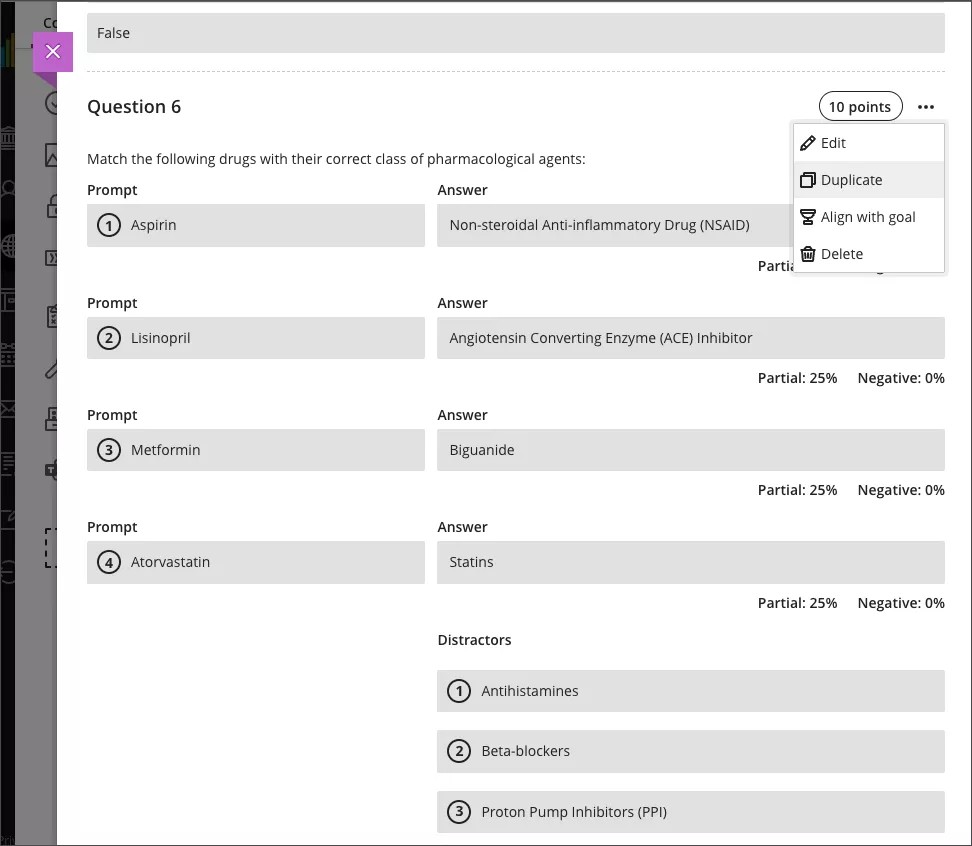
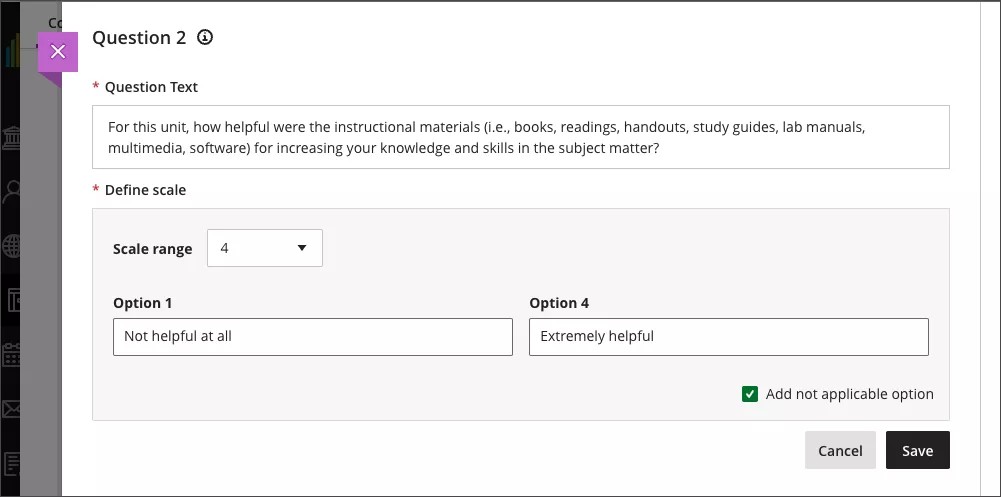
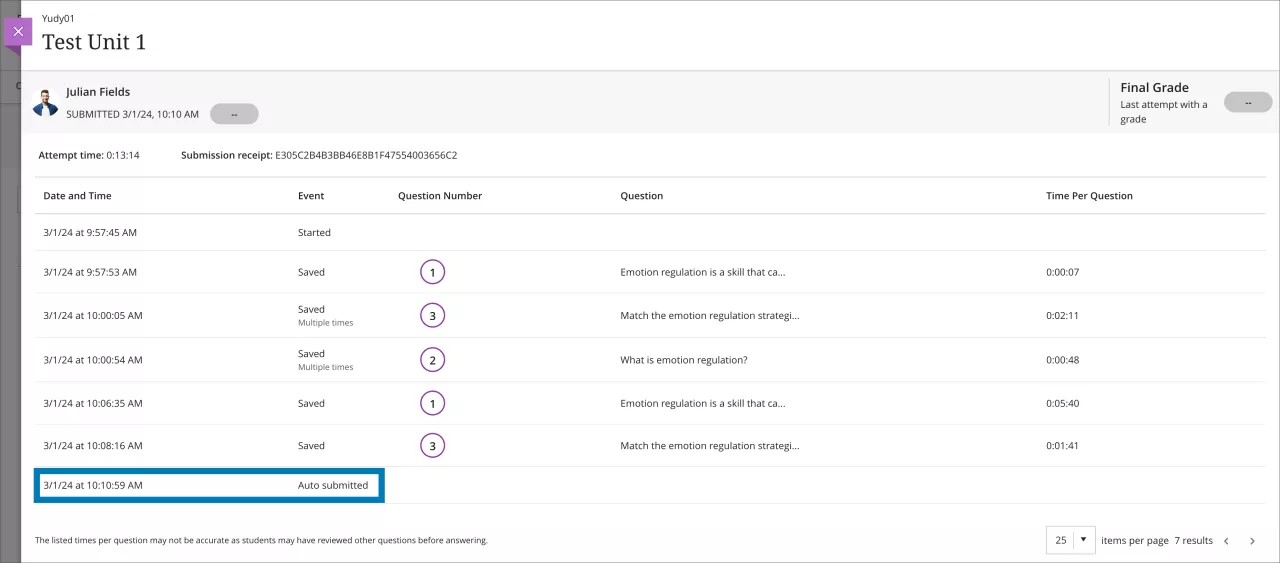
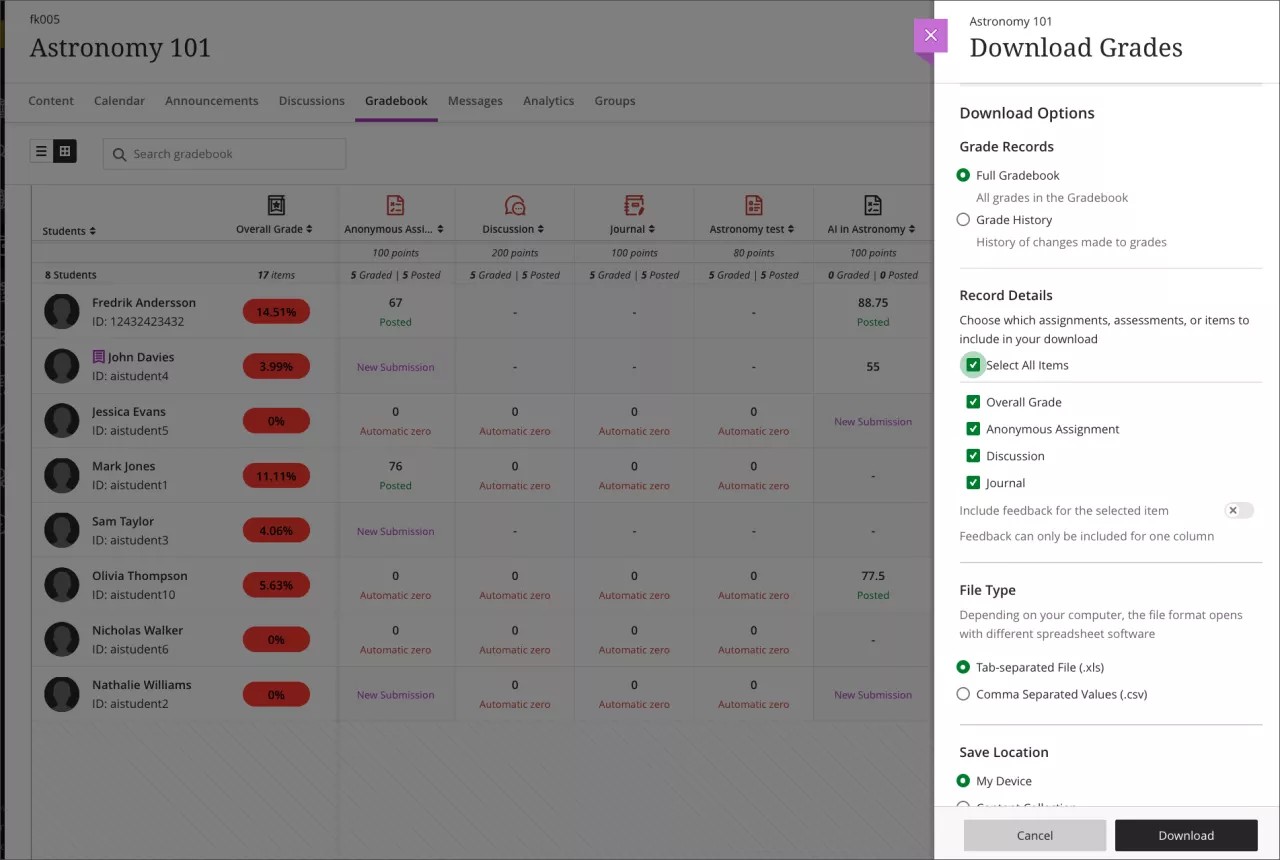

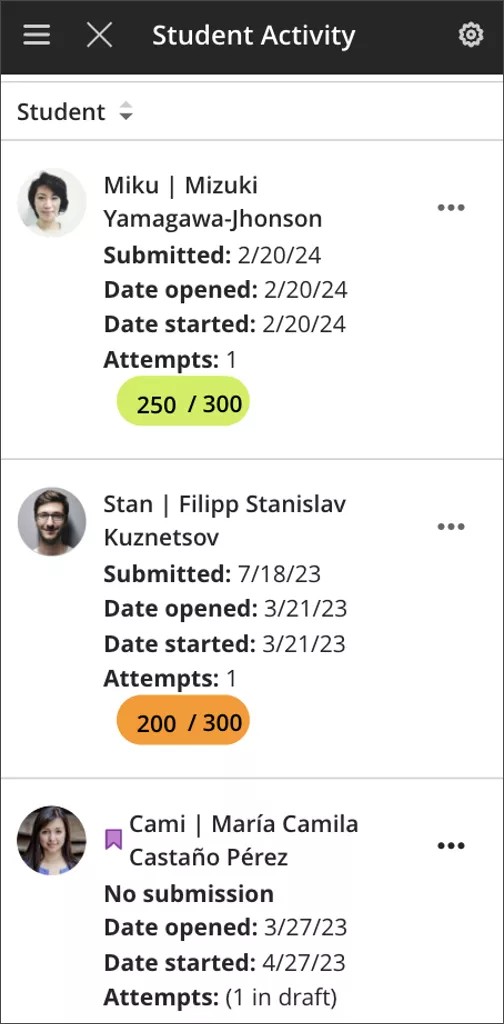

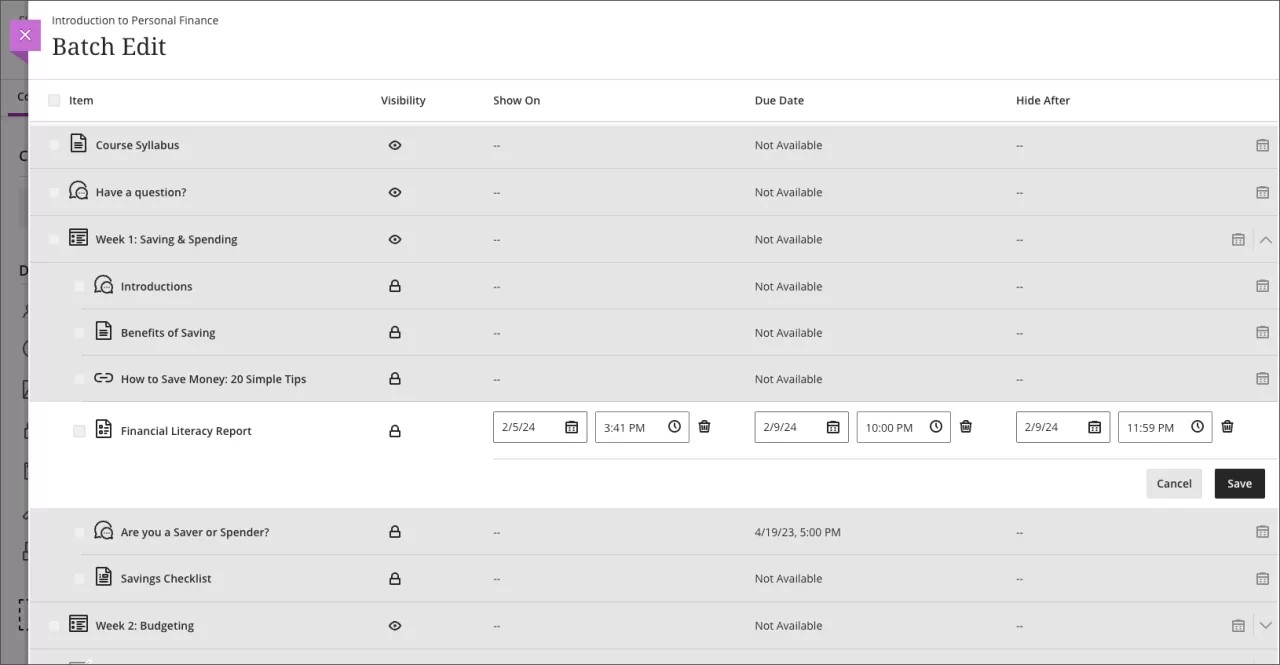
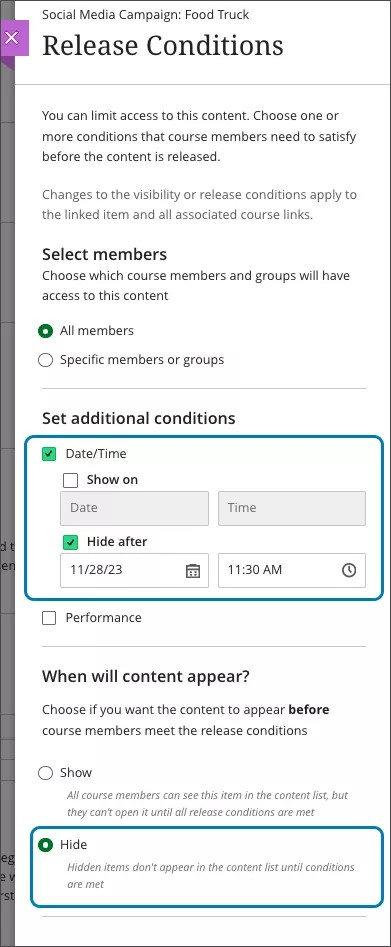
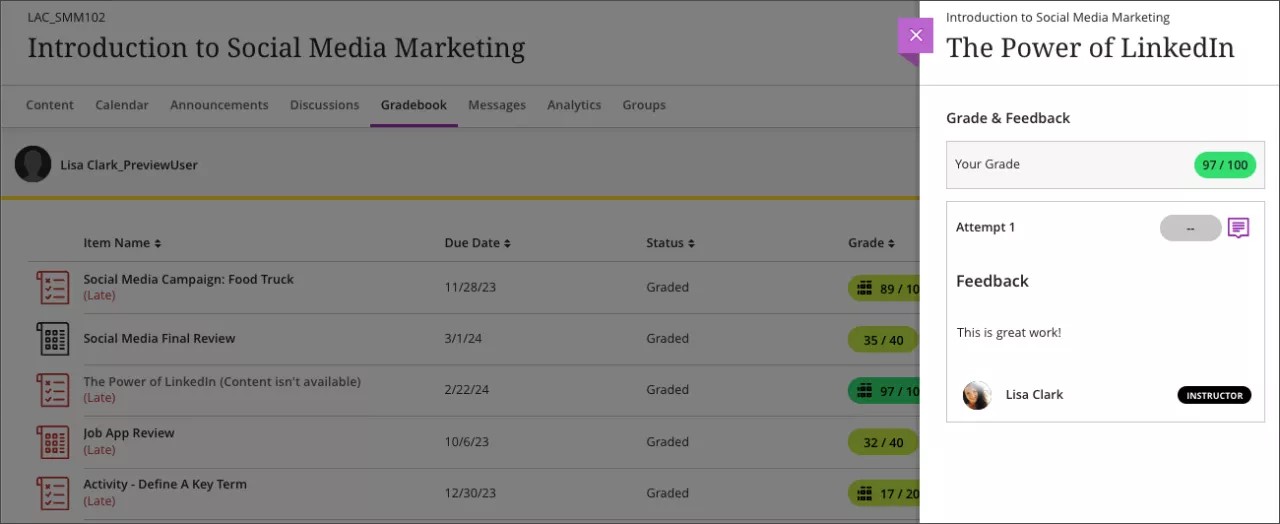
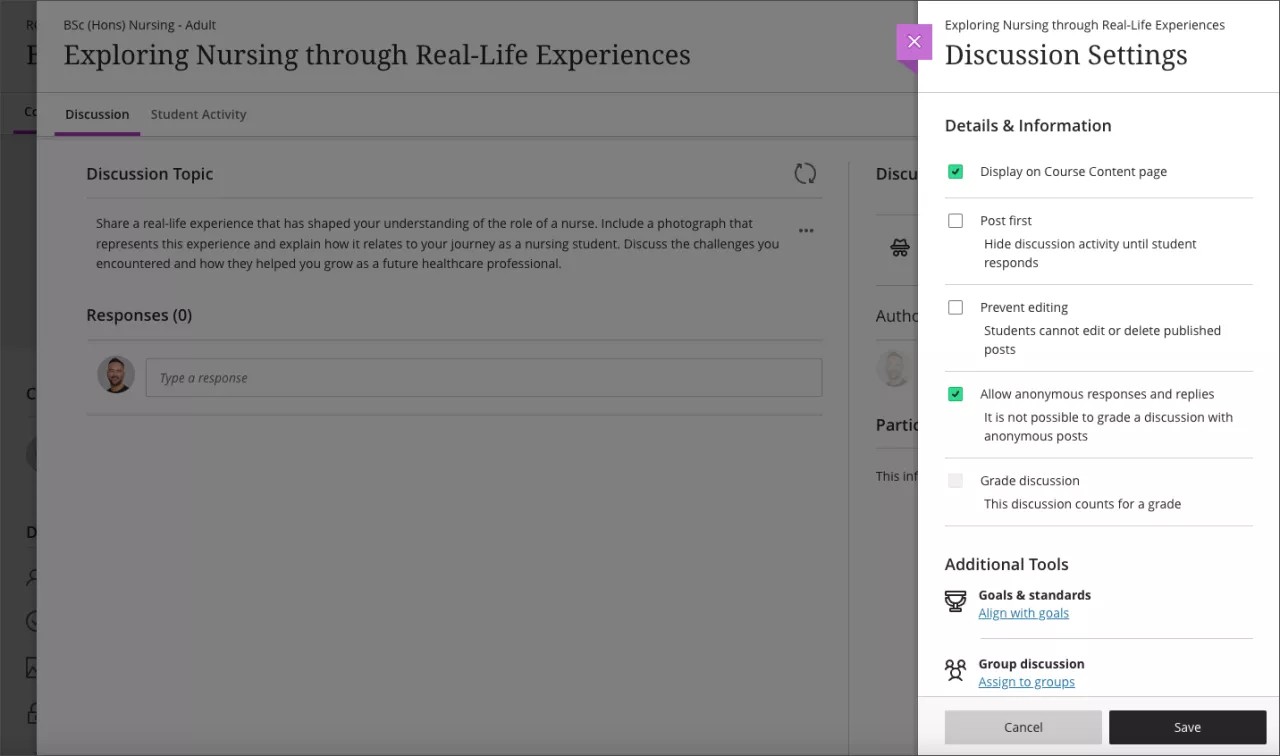
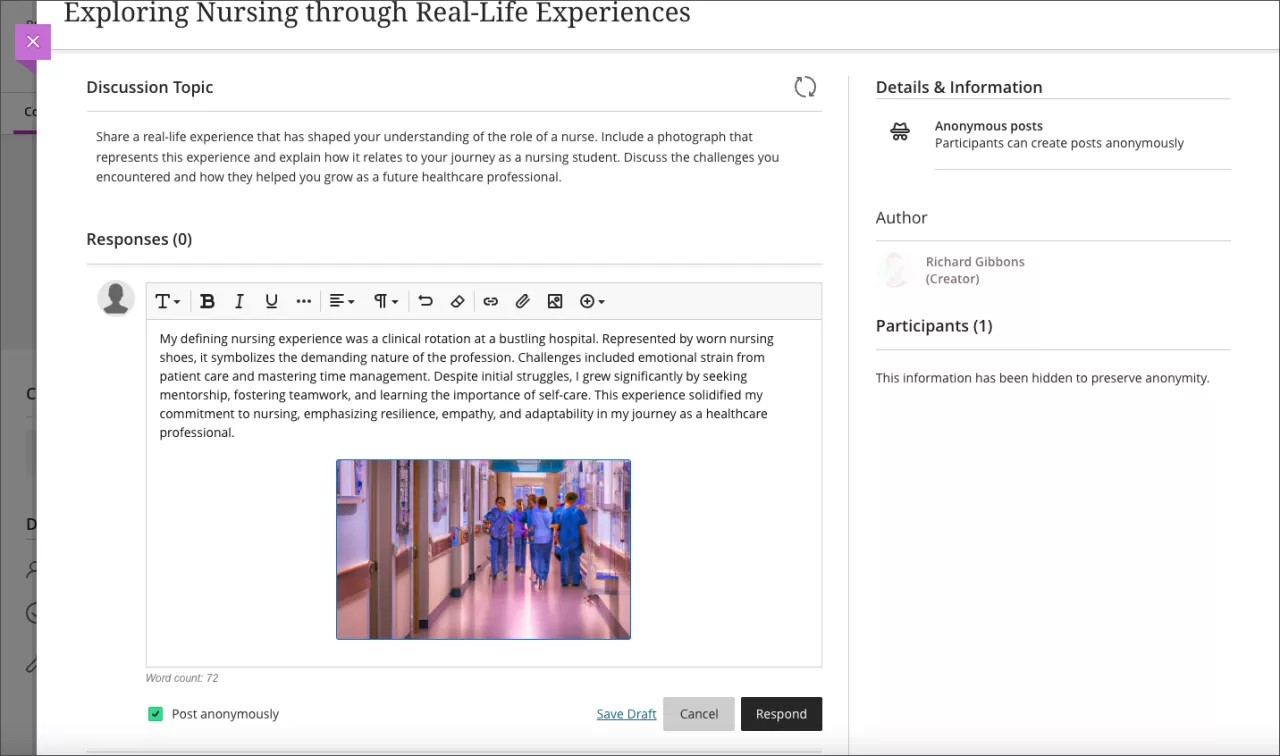
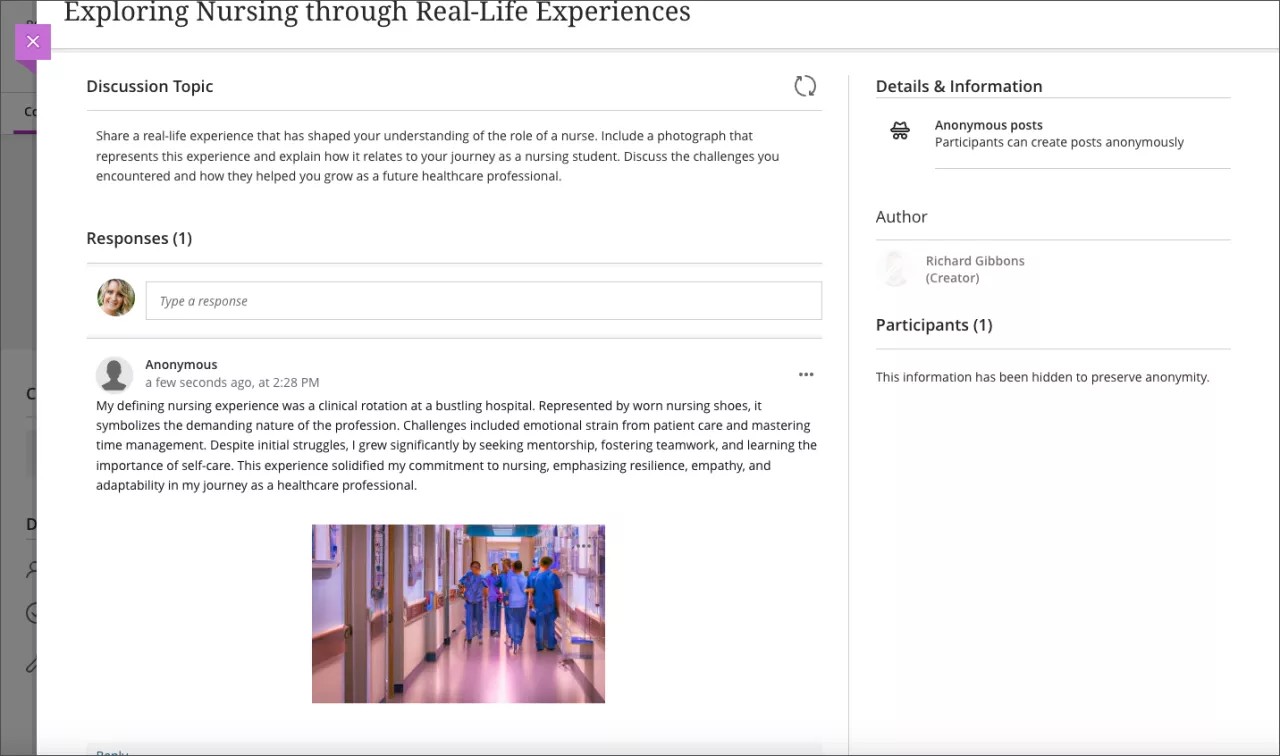
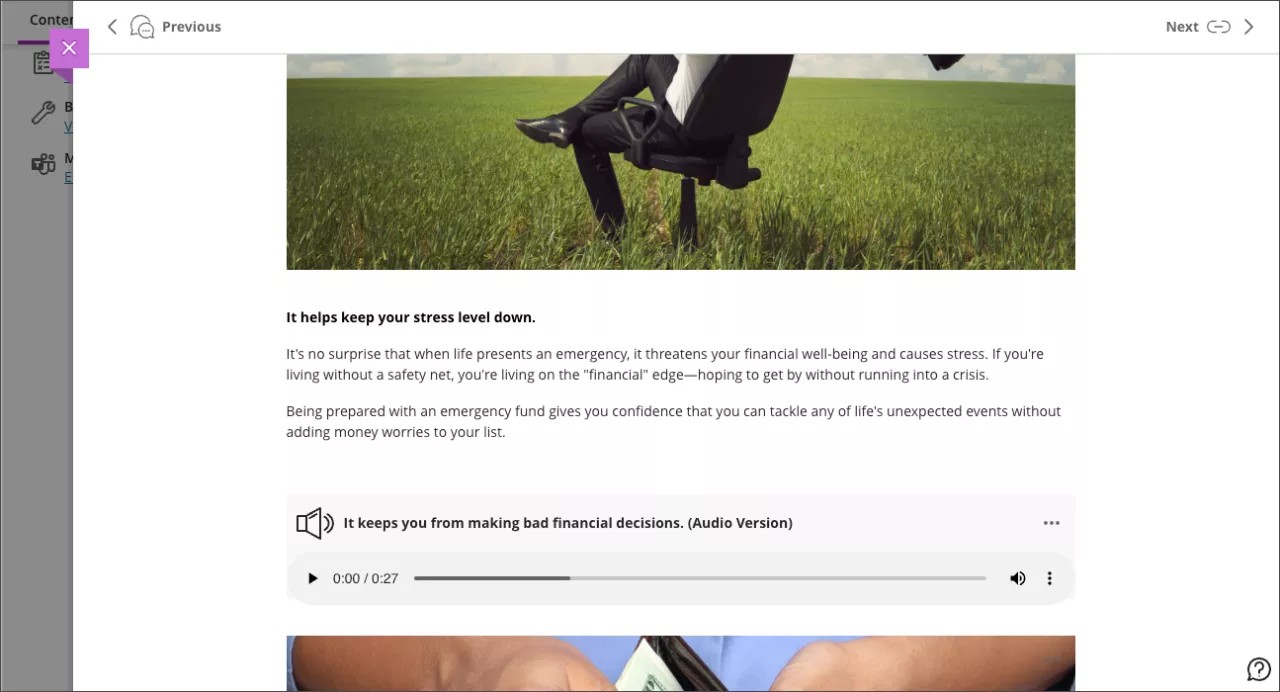
Comments are closed
Comments to this thread have been closed by the post author or by an administrator.